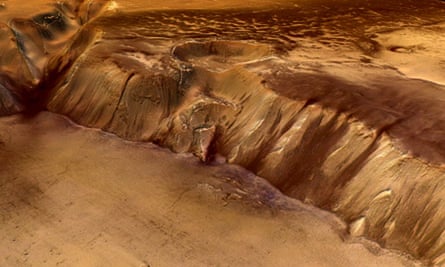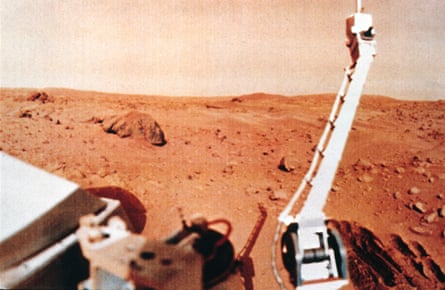Water
The first box scientists need to tick in the hunt for alien life is the presence of water. Life as we know it cannot emerge and survive without water, so a planet needs water to be habitable. Mars had lakes and oceans in the distant past, but now only very salty brines flow there.

Methane
Most of the methane in our atmosphere comes from living organisms. There is methane on Mars too, but the measly amount, just one part per billion, may come from reactions in rocks. Methane alone is not enough to mean life.
Organic compounds
Telltale organic compounds can be a signature of life, but finding them is not easy. clander detected oxidised organics in the 1970s, but many scientists believe it was contamination from Earth. The Curiosity rover would struggle to find organics, because the Martian soil contains perchlorate which turns organics into carbon dioxide when it is heated up in tests.

Carbon isotopes
Life on Earth is built from more carbon-12 than the heavier isotope carbon-13 and the preference can be detected in the air. The Curiosity rover, or more likely a follow-up mission called Mars 2020, might do the same on Mars if its instruments can be made sensitive enough.
Fossils
Detecting gases and isotopes are one thing. To convince most scientists, a mission would need to spot physical remnants of life, such as microbial fossils that retain a cellular structure. Even better, find more than one. The joint European-Russian ExoMars rover is expected to blast off for Mars in 2018 and has the capacity to drill 2 metres beneath the surface to look for signs of life.





